1. Museum of Broken Relationships – Zagreb, Croatia
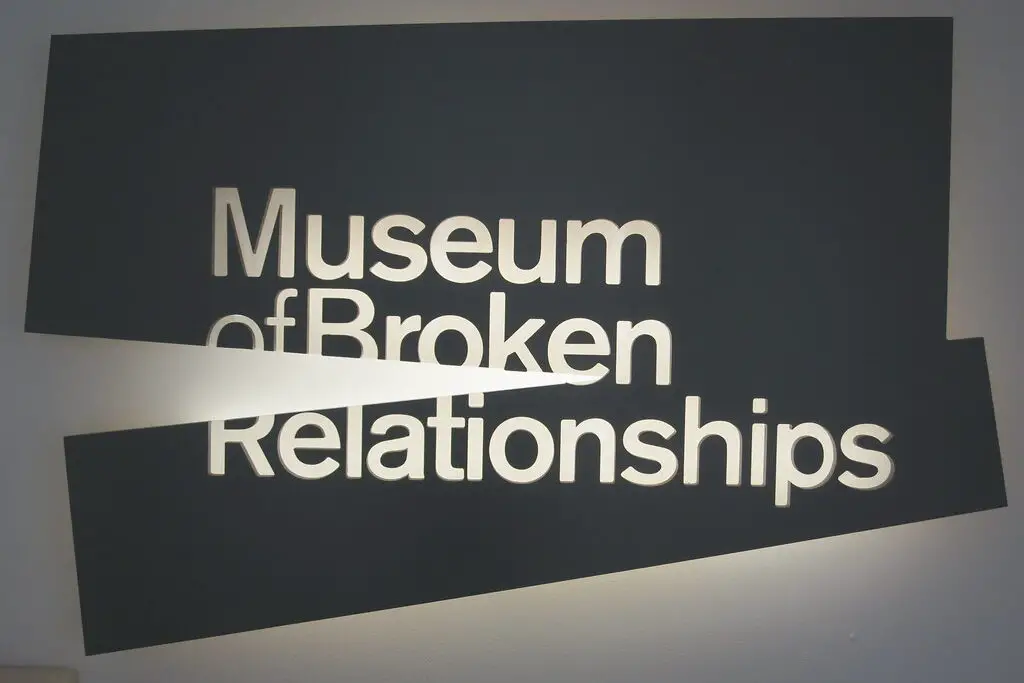
This might be one of the most unexpectedly emotional museum experiences you’ll ever have. The Museum of Broken Relationships is filled with artifacts from love stories gone wrong, each item donated by someone who once gave their heart away. You’ll see things like a toaster from a failed marriage or a single stiletto left behind after a hasty breakup. What makes it so powerful are the handwritten stories that accompany each item—funny, tragic, and everything in between shares TODAY.
It’s oddly comforting to walk through the rooms and realize just how universal heartbreak really is. Everyone’s been there, and somehow, that sense of shared vulnerability makes the museum feel intimate. It’s also surprisingly beautiful and thoughtful, not a cynical place at all. You’ll leave feeling a little more connected to humanity… and maybe even inspired to let go of something you’ve been holding onto adds AFAR.
2. Sulabh International Museum of Toilets – New Delhi, India
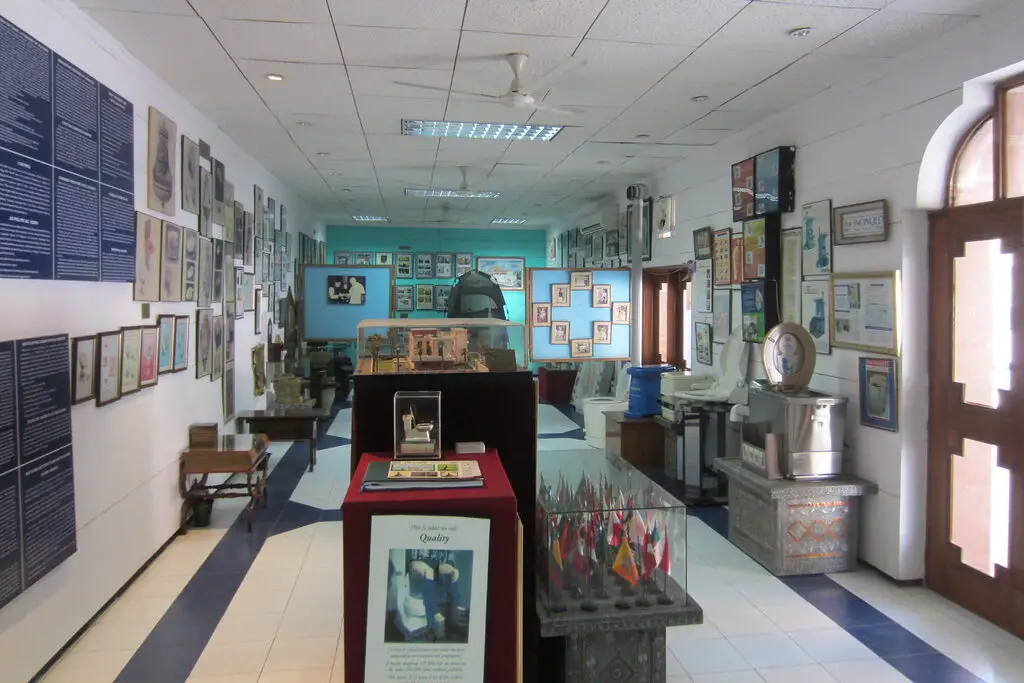
Yes, it’s exactly what it sounds like—a museum dedicated to the history of toilets. But before you laugh it off, it’s actually a fascinating (and surprisingly classy) look at sanitation through the centuries. The museum takes you from ancient chamber pots to elaborate throne-like commodes used by royalty. You’ll even learn about how different cultures approached hygiene and waste disposal long before modern plumbing says Times of India.
It’s not just a quirky collection; it carries a strong social message too. The museum was founded by an activist for sanitation rights in India, and it sheds light on how access to toilets is still a global issue. So while you might show up for the novelty, you’ll walk away with a whole new appreciation for something we often take for granted. Just don’t be surprised if you start thinking about your own bathroom in a whole new light shares RNZ.
3. The Dog Collar Museum – Kent, England
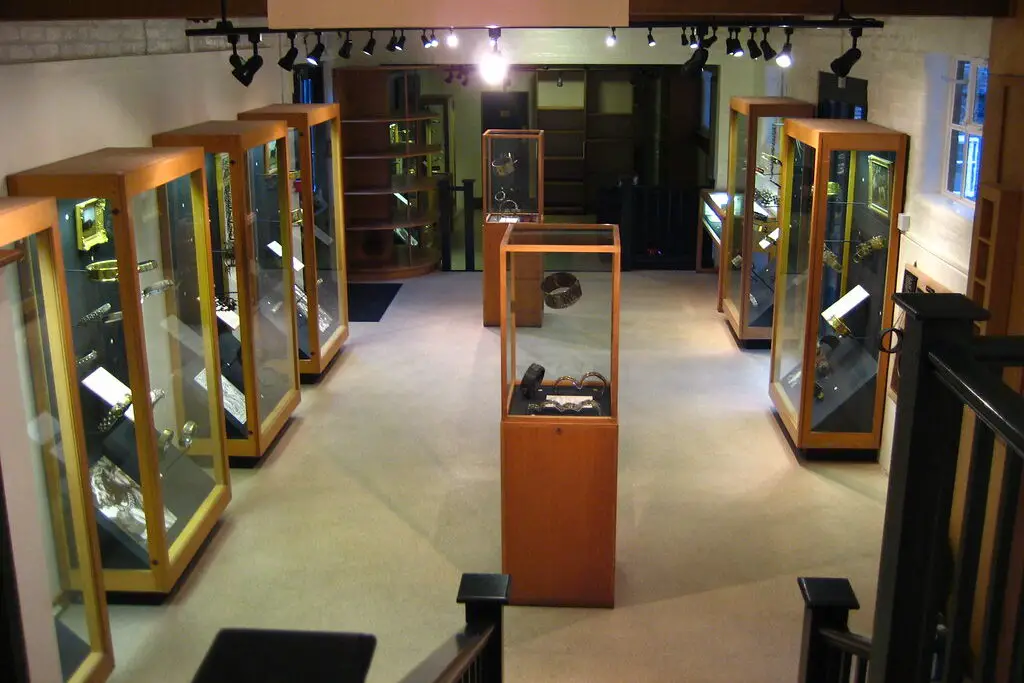
Located inside the grand Leeds Castle, this museum is all about one very specific thing: dog collars. And not just your average nylon kind—these are ornate, historic, and sometimes downright intimidating. Some date back as far as the 15th century and were designed to protect dogs from wolves and thieves. Others are studded, engraved, or embroidered with lavish detail fit for canine royalty.
What makes it fun is seeing how fashion and function collided over the centuries. There’s something oddly charming about an entire museum that treats pets with the same reverence as human nobility. You start realizing how deep the bond between humans and dogs really runs. And if you’re a dog lover, you’ll probably leave wanting to spoil your own pup with a fancy new collar.
4. Momofuku Ando Instant Ramen Museum – Osaka, Japan
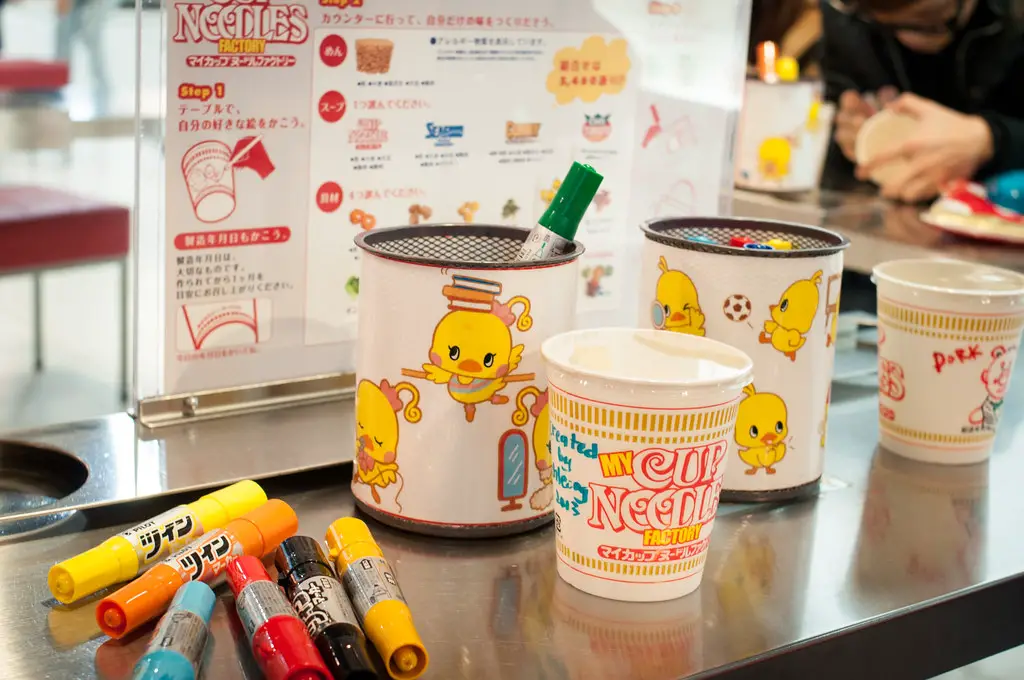
Imagine walking into a place where instant noodles are treated like fine art. At this colorful and interactive museum, you’ll learn about Momofuku Ando, the inventor of instant ramen, and how his creation changed the world. There’s a recreation of his tiny work shed where the first noodle cup was born. And yes, you can even customize your own cup noodles to take home.
It’s a joyful, nostalgic trip for anyone who ever survived on ramen in college or during a lazy weekend. Kids love it, but adults end up just as fascinated. There’s something endearing about honoring such a humble, beloved food. By the end, you’ll probably be craving a bowl—good thing there’s a tasting room on site.
5. Avanos Hair Museum – Avanos, Turkey
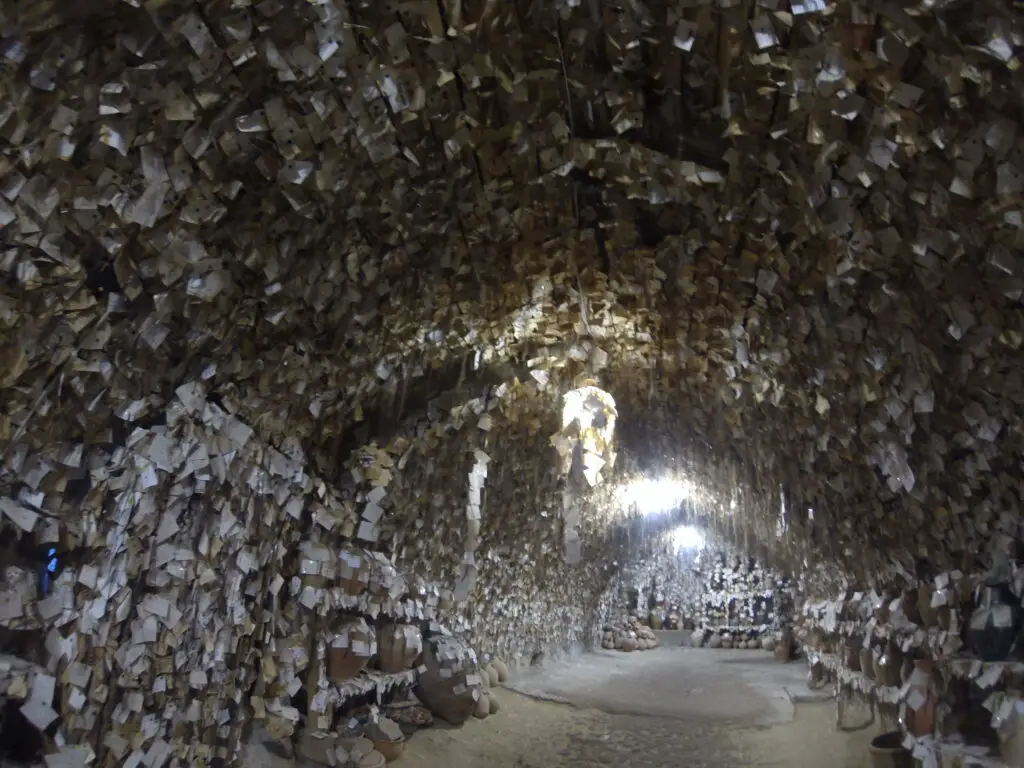
This one’s not for the faint of heart. Tucked inside a pottery shop in this small Turkish town is a dimly-lit cave room filled—wall to wall—with women’s hair. More than 16,000 locks are pinned to the walls, along with names and addresses. The tradition started when a friend left a lock of hair as a keepsake, and others followed suit over the decades.
It’s eerie, a little unsettling, but undeniably fascinating. People say there’s a strange energy in the room, part emotional shrine, part art installation. The idea of leaving behind a literal piece of yourself is oddly poetic. And if you’re brave enough, you can contribute your own hair to the growing collection.
6. Museum of Bad Art – Massachusetts, USA
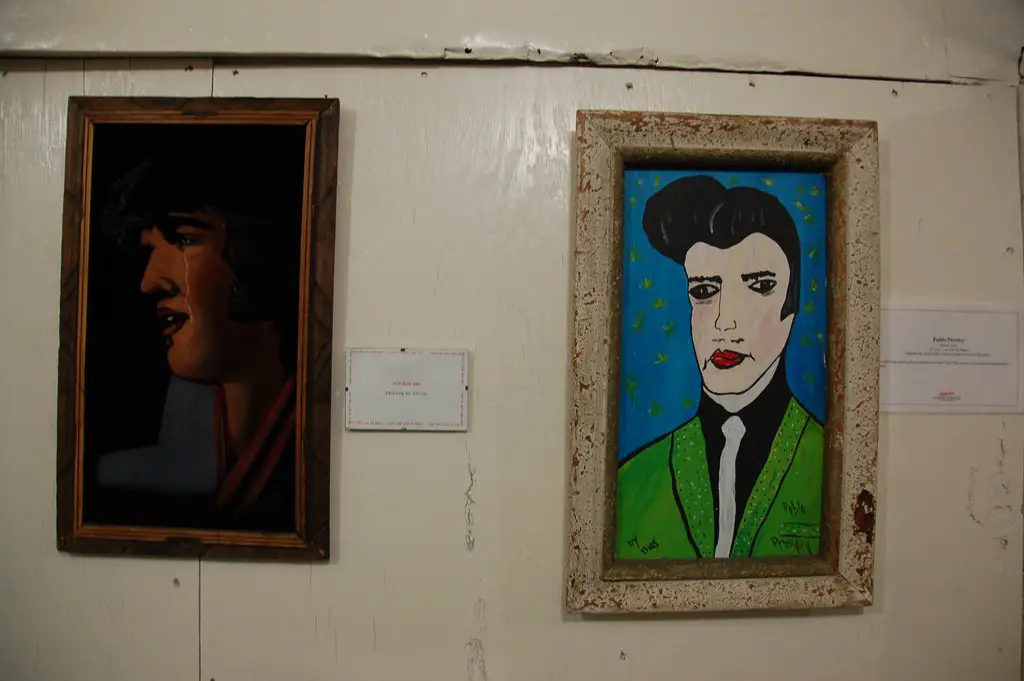
This museum is lovingly dedicated to artwork that… well, didn’t quite hit the mark. But that’s the point. The Museum of Bad Art (MOBA) celebrates the wonderfully weird, the accidentally hilarious, and the almost-but-not-quite masterpieces. It’s not about mocking artists—it’s about honoring effort, creativity, and the courage to try.
Each painting is accompanied by a delightfully tongue-in-cheek caption that adds to the fun. There’s an authenticity in these “bad” works that you don’t always find in elite galleries. They remind you that art isn’t just for professionals or perfectionists. And honestly, a few of the pieces are so strange, they stick with you in a way the Mona Lisa never could.
7. Icelandic Phallological Museum – Reykjavik, Iceland
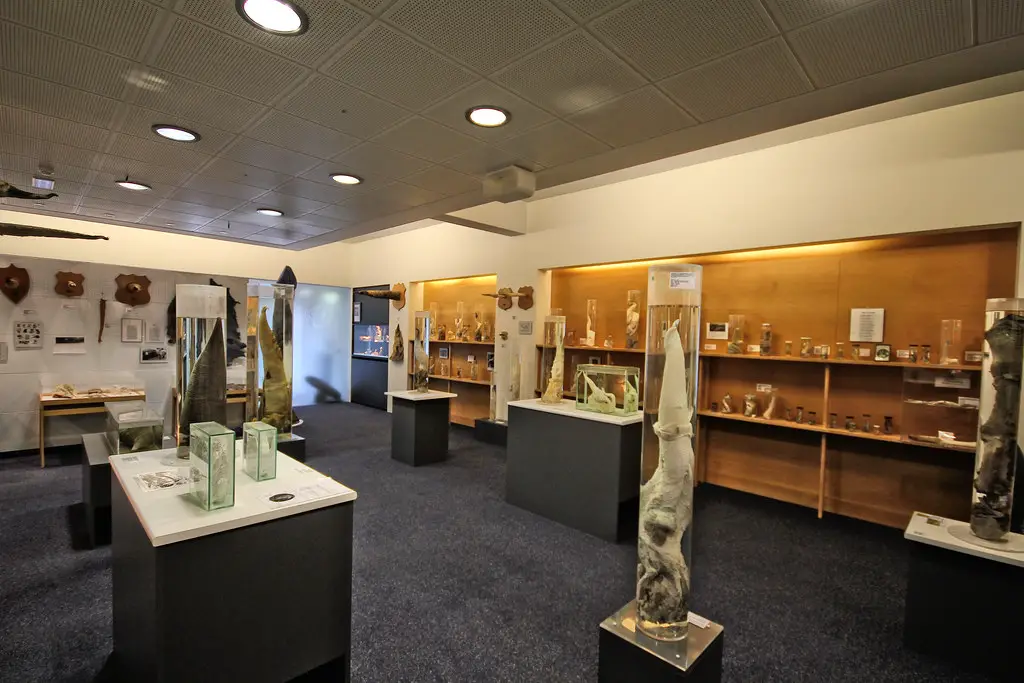
Yes, this is the world’s only museum devoted entirely to penises. It started as a private collection and now boasts over 200 specimens from nearly every land and sea mammal found in Iceland. From whale organs to more modest mouse-sized displays, it’s as scientific as it is eyebrow-raising. The tone is surprisingly respectful and educational, not just a parade of shock value.
There’s even a folklore section with mythical creatures like trolls and elves—yes, their specimens are on display too. Whether you find it fascinating, hilarious, or a little of both, it’s definitely unforgettable. Visitors leave with mixed reactions but always a good story. Just maybe avoid bringing your grandma on this particular sightseeing stop.
8. The Bunny Museum – Altadena, California
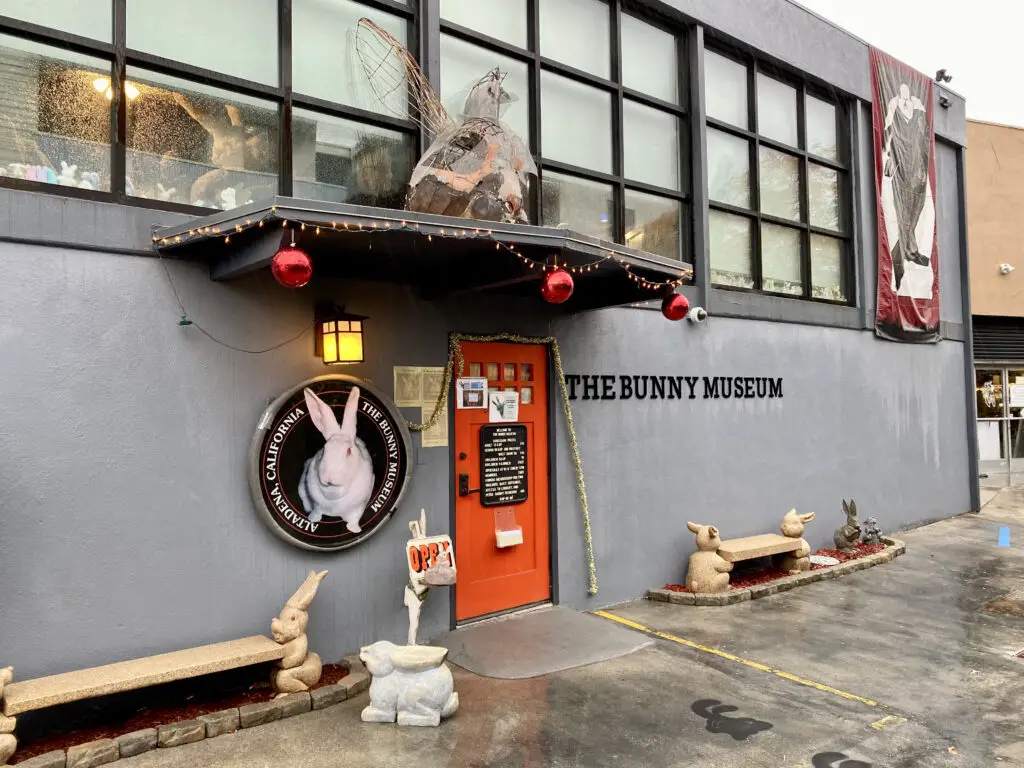
If you’ve ever had a thing for bunnies—stuffed, ceramic, or real—this place will blow your mind. The Bunny Museum holds the Guinness World Record for the largest collection of bunny-related items, and it’s as delightfully absurd as it sounds. The couple who owns it started exchanging bunny gifts early in their relationship, and it ballooned into a full-blown museum.
Now, every surface is covered in rabbit memorabilia, from vintage toys to bizarre bunny-shaped furniture. It’s a little chaotic, a little magical, and completely one-of-a-kind. You’ll find yourself grinning, even if you didn’t think you were a bunny person. Just be warned—it might awaken your inner collector.
9. CupNoodles Museum – Yokohama, Japan

Different from the Osaka location, this CupNoodles Museum is like the theme park of instant food. It’s big, modern, and full of interactive exhibits, including a noodle-making workshop where you knead and shape your own instant noodles. You can also visit a recreation of the inventor’s original shed and follow the story of how instant noodles became a global staple.
There’s even a CupNoodles-themed playground for kids and a noodle bazaar offering noodle dishes from around the world. It’s equal parts fun and informative, with enough quirky photo ops to fill your phone. If you’ve ever lived off CupNoodles, this place feels oddly like home. Plus, it’s a pretty delicious way to learn about global food culture.
10. The Kansas Barbed Wire Museum – La Crosse, Kansas
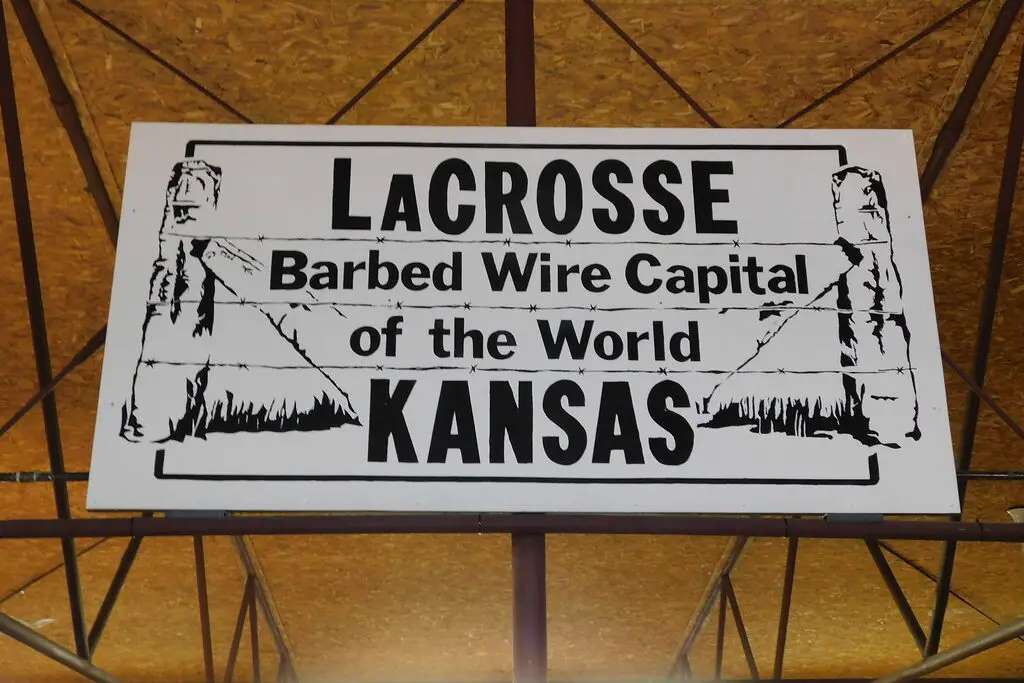
Barbed wire might not sound thrilling at first, but give this place a chance and you’ll be surprised. The Kansas Barbed Wire Museum showcases over 2,000 varieties of “the devil’s rope,” each with its own purpose and history. Farmers, cowboys, and inventors got surprisingly creative with how they kept livestock in and intruders out.
What’s weirdly fascinating is how much barbed wire impacted the American West. It changed land use, sparked disputes, and even influenced settlement patterns. The museum dives into all that, making you appreciate this spiky little invention far more than you expected. Plus, the sheer variety of designs is oddly mesmerizing.
11. Meguro Parasitological Museum – Tokyo, Japan

If you’ve got a strong stomach, this museum offers a deep dive—literally—into the world of parasites. The Meguro Parasitological Museum features over 60,000 specimens, including a horrifying 29-foot tapeworm pulled from a single person. There are jars upon jars of worms, flukes, and critters that’ll make your skin crawl. But it’s also incredibly well-organized and surprisingly informative.
Researchers and students visit to learn about disease transmission and prevention, while tourists come for the sheer oddity. You’ll leave itching a little, sure, but you’ll also gain an appreciation for how complex—and sometimes terrifying—biology can be. There’s even parasite-themed merch in the gift shop if you want to traumatize your friends. It’s gross, but you won’t forget it.
12. International Cryptozoology Museum – Portland, Maine
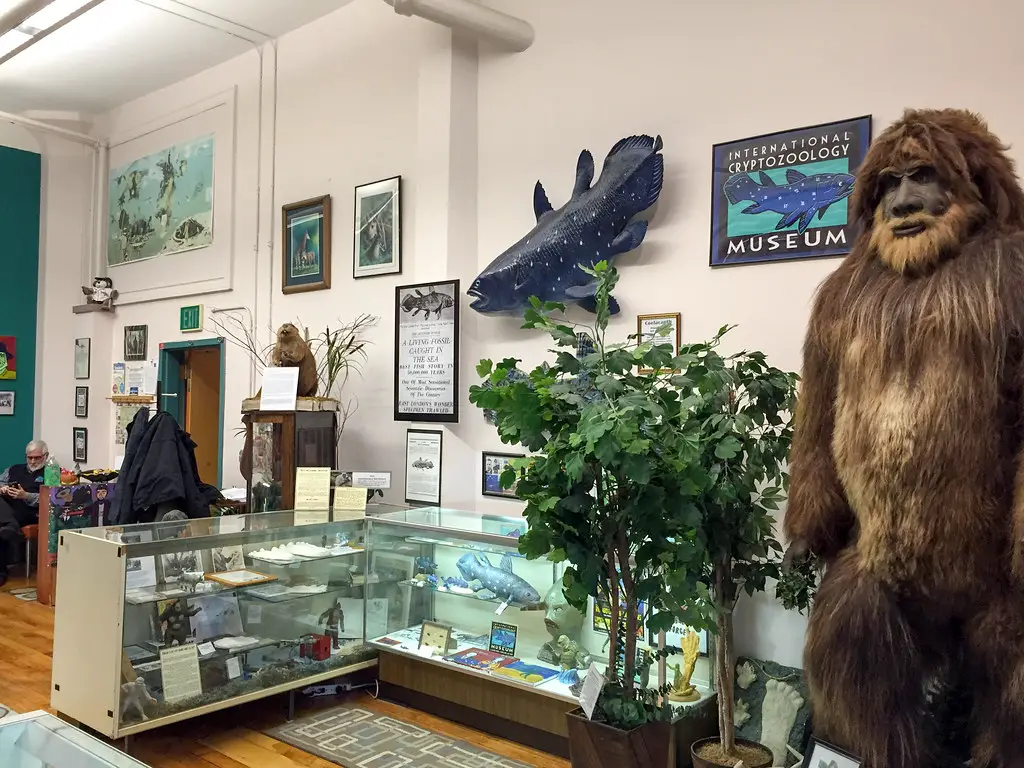
Ever wonder if Bigfoot has a museum? He does—along with the Loch Ness Monster, chupacabras, and other legendary beasts. The International Cryptozoology Museum is all about creatures that may or may not exist, and it’s a dream come true for believers and skeptics alike. The displays range from alleged hair samples and foot casts to pop culture tributes and historical sightings.
Founder Loren Coleman takes his subject seriously, and the museum balances folklore with investigative science. It’s like walking through a strange blend of science lab and comic book. Even if you don’t believe in cryptids, the creativity and passion behind the museum are undeniable. And who knows—you might leave with a tiny sliver of belief.
13. British Lawnmower Museum – Southport, England

Because apparently, mowing the lawn deserves a little more recognition. This surprisingly charming museum is a tribute to the unsung hero of suburban life—the lawnmower. Inside, you’ll find antique models, racing mowers, and even machines once owned by celebrities like Prince Charles and Princess Diana. It’s quirky, nostalgic, and full of fun trivia.
Who knew there was so much variety in a machine most of us try to avoid using? The curators clearly love what they do, and their enthusiasm is contagious. There’s something oddly soothing about walking through rows of shiny vintage mowers. And by the time you leave, you might just look at your own backyard chore with a little more respect.
